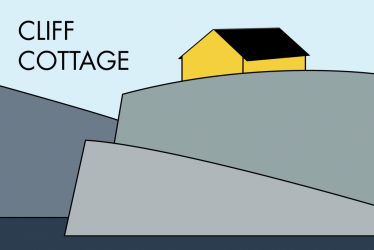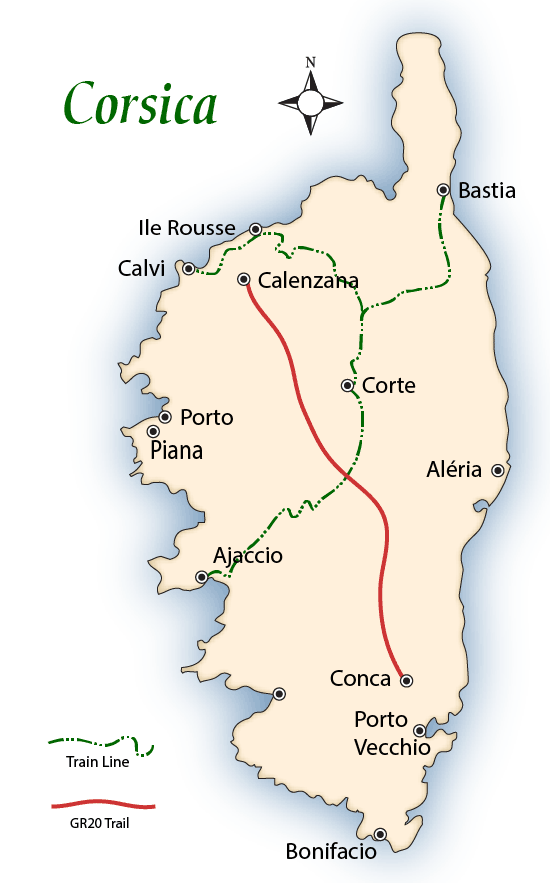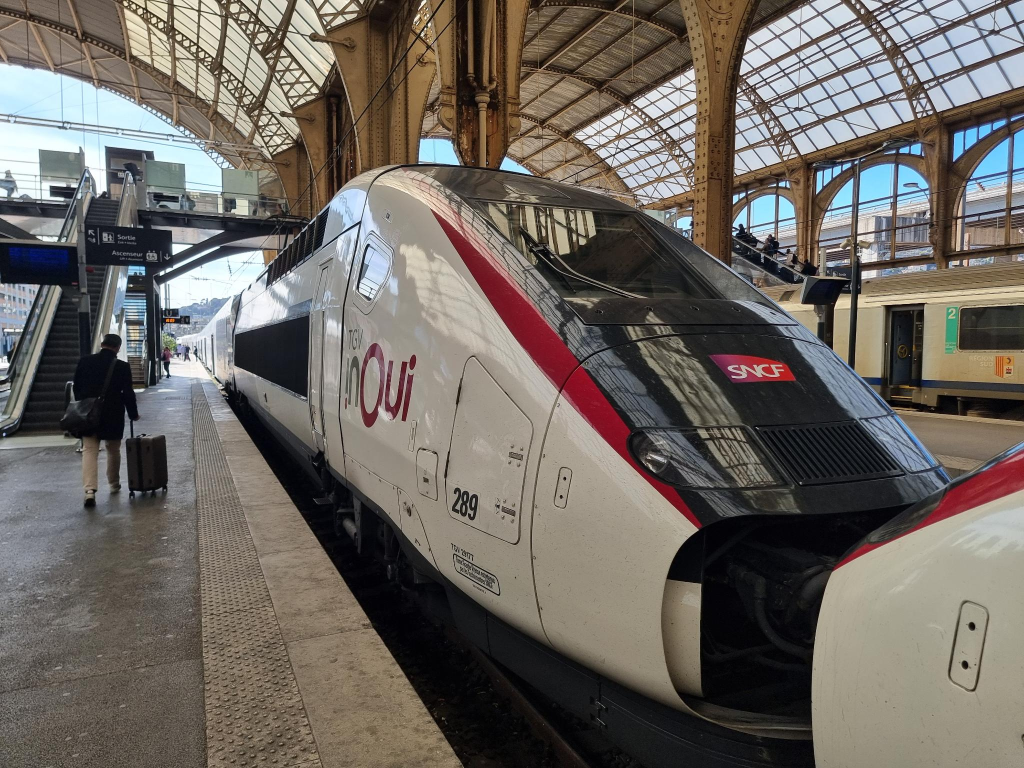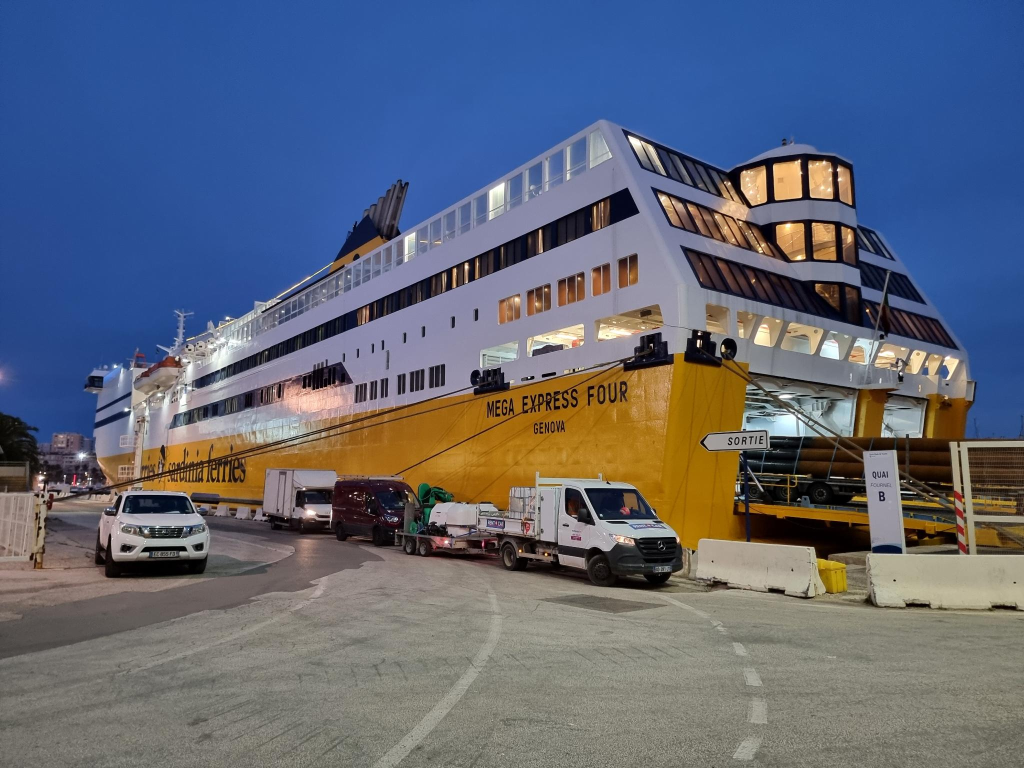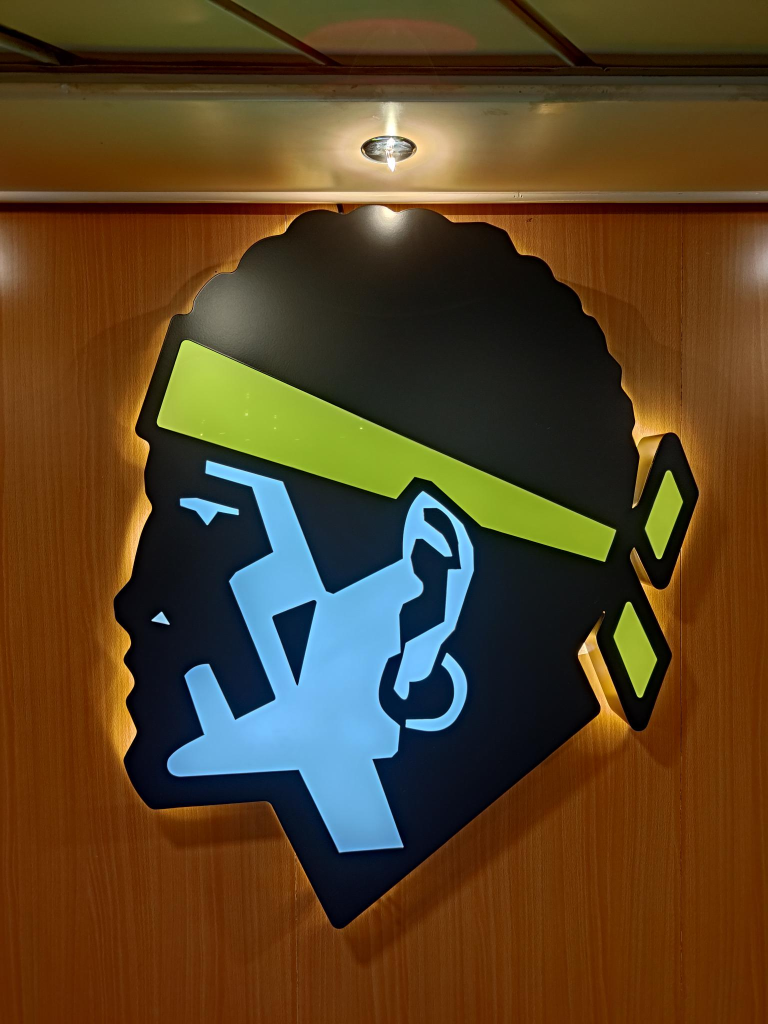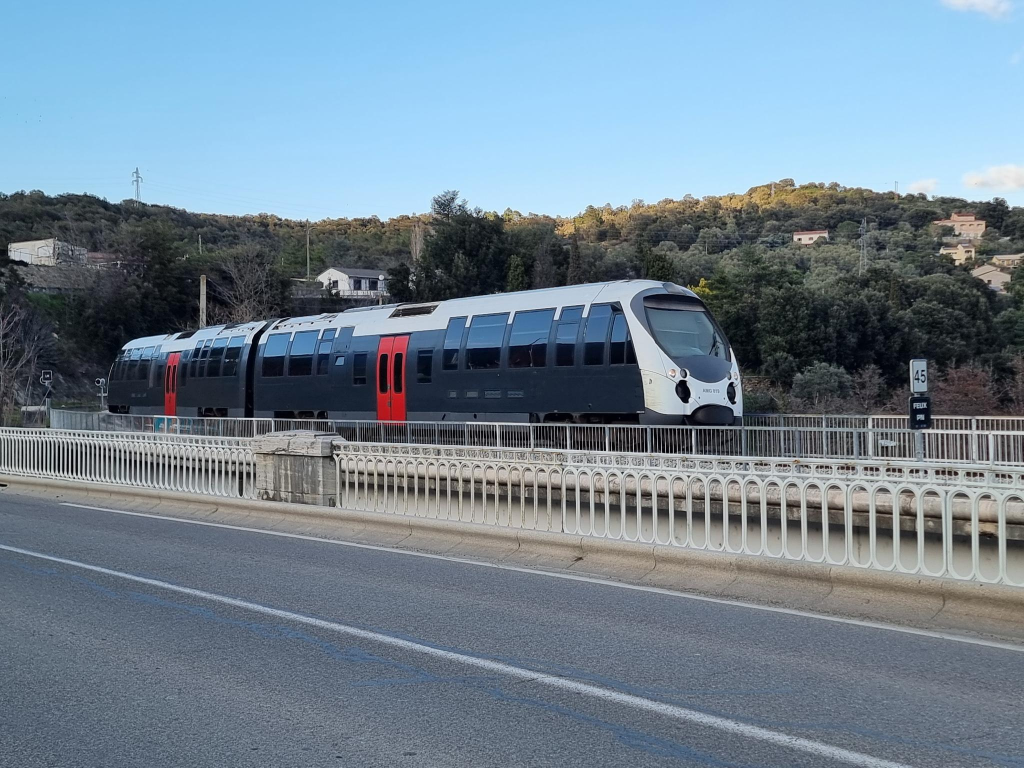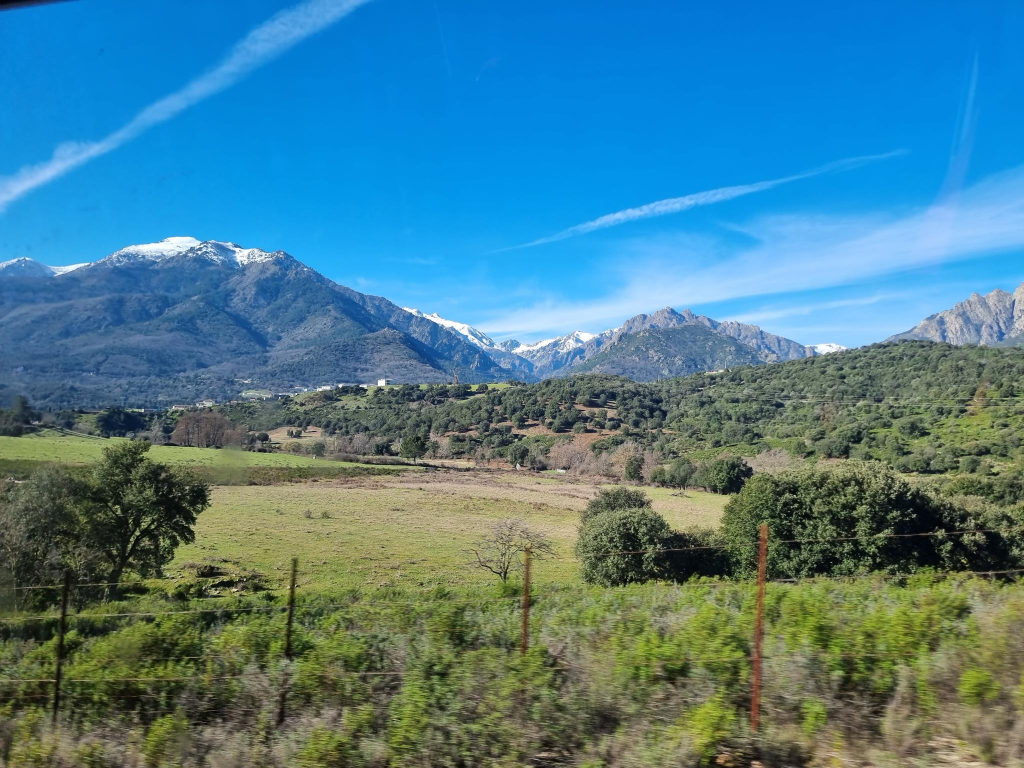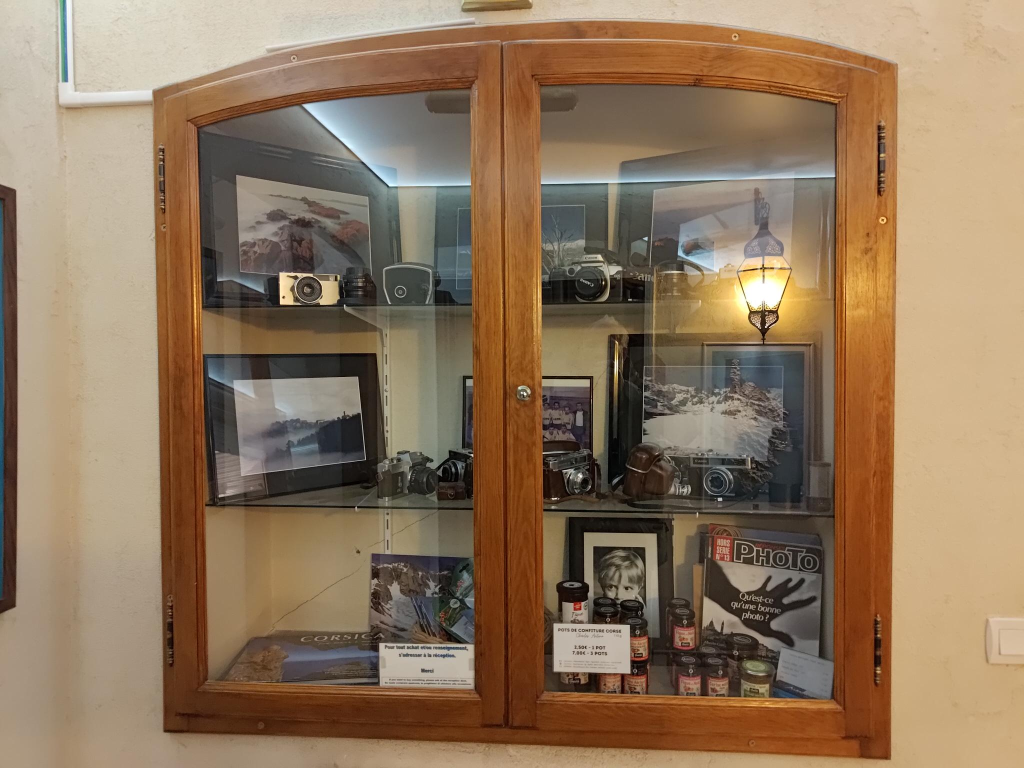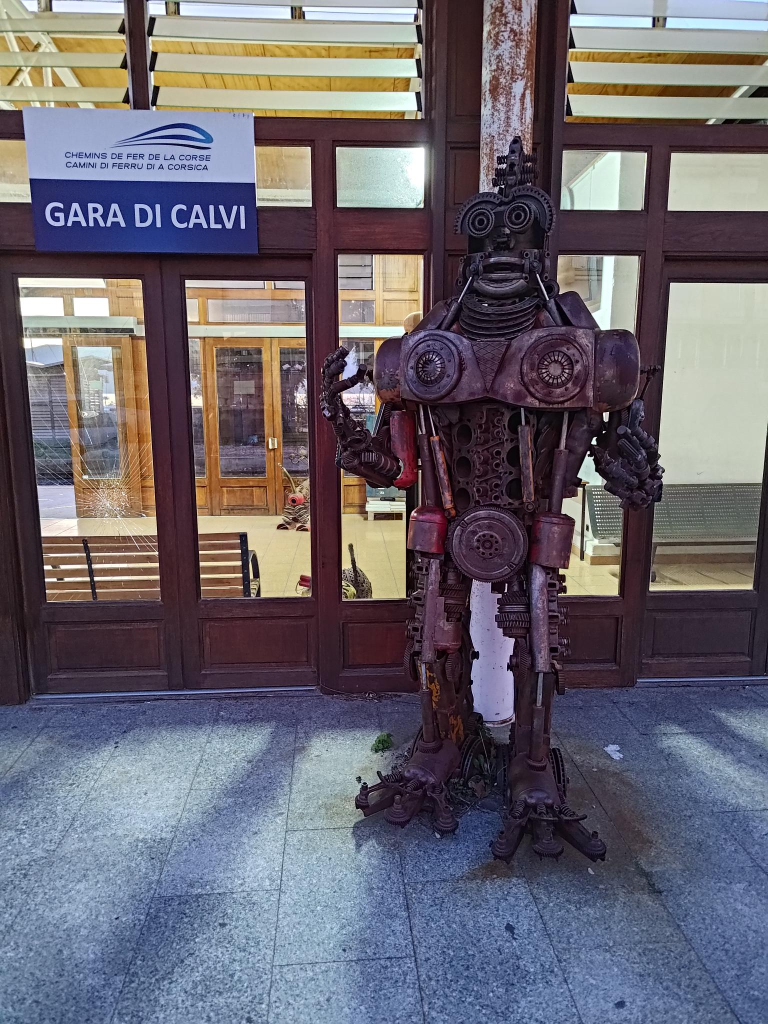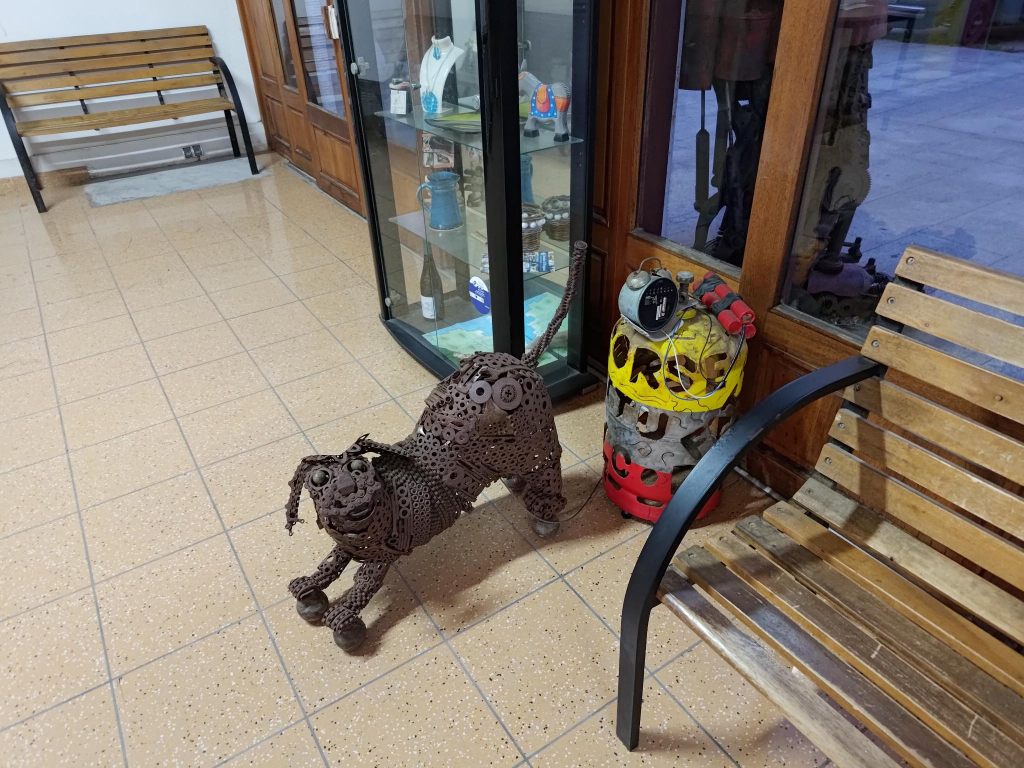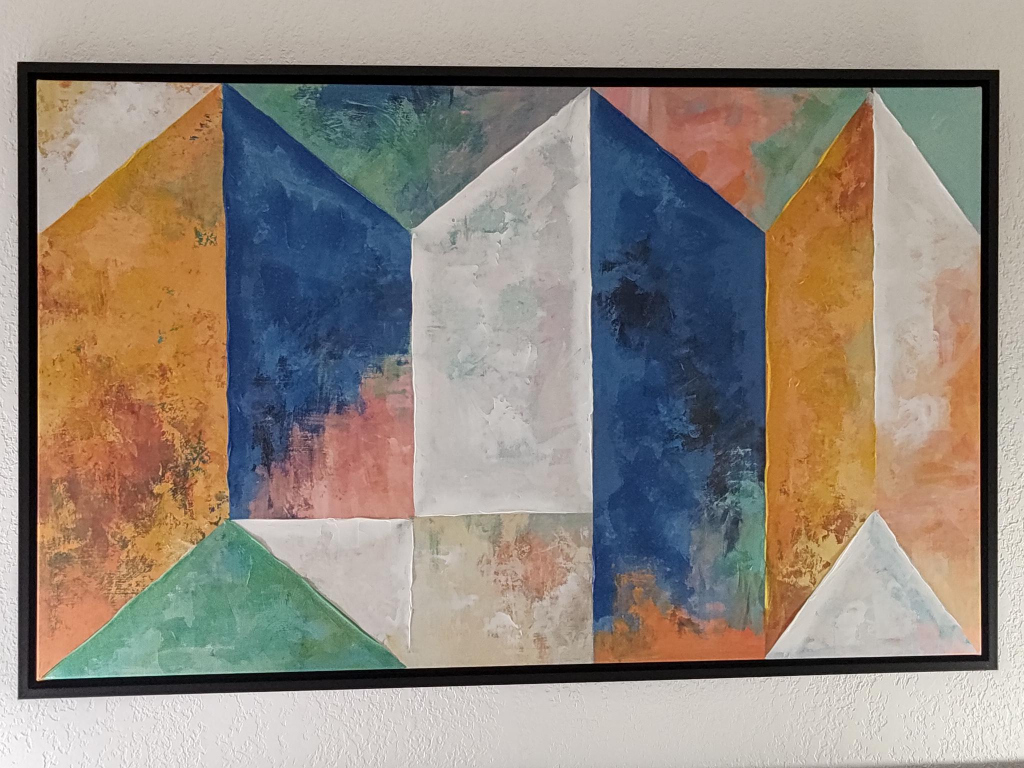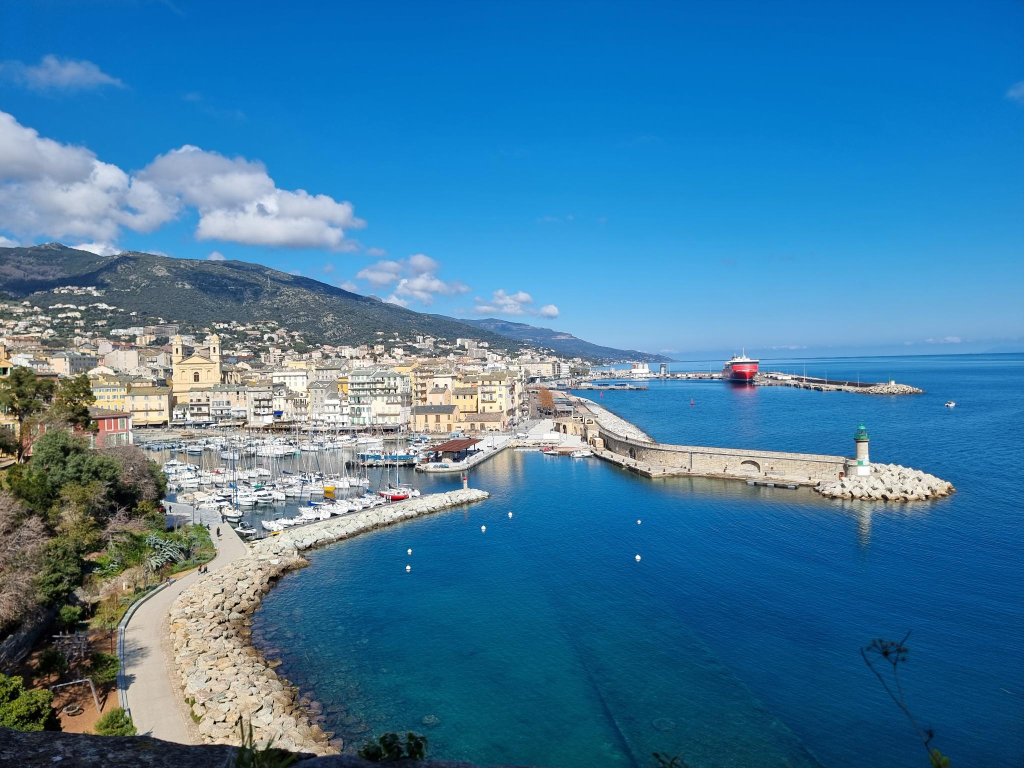We were staying at the Nice Byakko Hotel. It had Japanese ownership. I was told by my personal tour guide that breakfast was not included, because it was too expensive, at this particular hotel. When we checked in, we learned that circumstances had changed and breakfast was now included with the price of the room.
My contention, without any facts to back this up, is that breakfasts are the most difficult meals, because every culture has its own idea of what constitutes an appropriate first meal. The cultural distance from Scandinavia impacts my opinion of these meals. Relative poverty forced me to eat like a Norwegian, starting in 1980. I learned to appreciate cultured milk = buttermilk, with my first job in Norway working in a slaughterhouse, when it was provided at our first meal break. Yes, necessity brought about a dietary change when I was thirty. Since then, I have tried not to stray far from this diet.
Of course there is no equivalent to a Scandinavian diet in France. French food is far too sweet and delicate, at least for my tastes. In terms of bread, my choice is to eat coarse buns or bread crusts, preferably with cheese. For many years I did not eat crusts, because I did not want to prevent others from the joy of consuming them. Then I discovered they were being discarded. Now, I don’t ask anyone for permission to eat the crusts, but grab them at every opportunity! Sometimes, I eat legumes with them, in the form of peanut butter. At a first meal, I either drink a cider vinegar and honey drink, or green tea, if it is available. After that, but before 14:00, I drink black coffee; then water or infusions = herbal teas, after this self-imposed time limit.
Byakko refers to the white Asian tiger, as shown below.

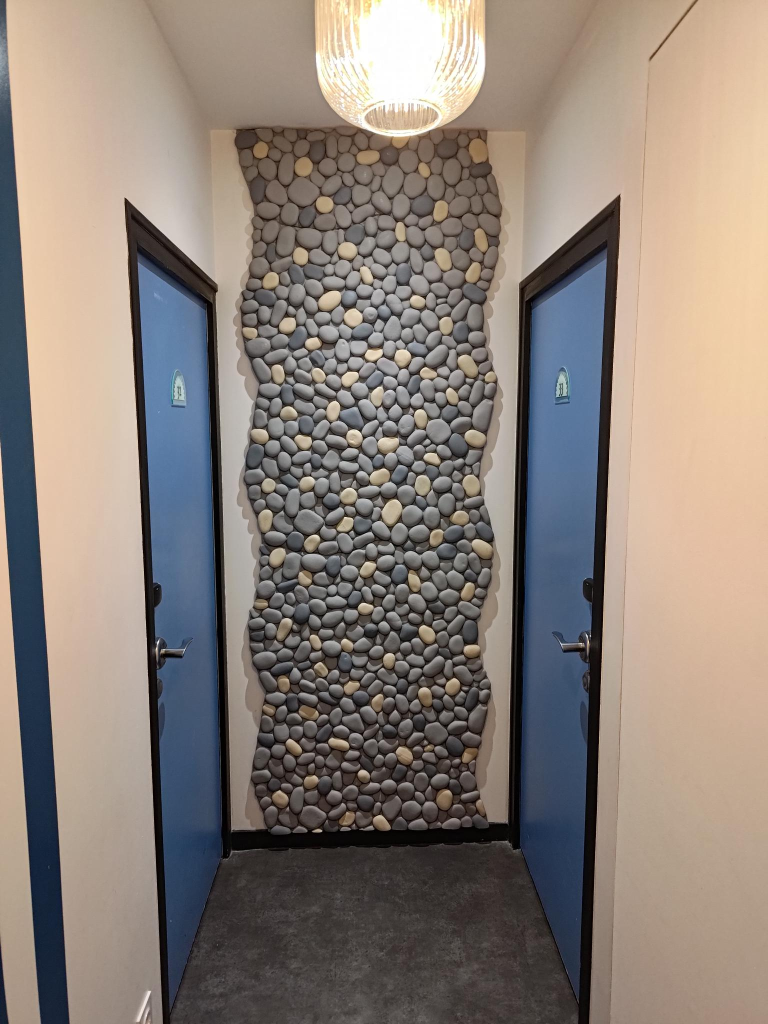
Train to Digne
I had wanted to take the same train journey into the mountains of Provence, that Trish and I had taken in 2006. Except, once on board the train, I realized that this trip was inferior to the ones we had taken through Corsica. By then, it was too late.
Presented with this situation again, my choice would have been to rent a car for the day, to visit the Verdon Gorge, a nearby river canyon. It is about 25 km long and up to 700 metres deep. Americans call it the Grand Canyon of France. At the end of the canyon, the Verdon flows into the artificial Lake of Sainte-Croix. This didn’t happen, so we were on La Train des Pignes = The Pinecone Train, complete with a rail replacement bus, in both directions, to and from Digne, world famous in France for its hot springs.
We were only able to take the train part way to Digne. The train stopped, and everyone was transferred onto a bus, which then drove to the final destination.
In Digne, we experienced a market monopolizing the main street of the town. Almost anything could be bought, as long as one was prepared to pay in cash at excessive prices. We resisted temptation.
After an hour or so wandering through the town, we returned to our bus. When the train conductor came, everyone was required to exit the bus to have their tickets examined. Then, the conductor and everyone else boarded the bus again. No, I do not understand why the conductor did not just inspect tickets on the bus, starting at the back and walking forward.
We returned to the train station and boarded the train once more. While it made its way down the mountain some problem with the train required an extensive stop at La Tinee. At some point we were able to continue onwards, but the problem undoubtedly arose again, and we were expelled from the train, and told to take the next one, which arrived about half an hour later.
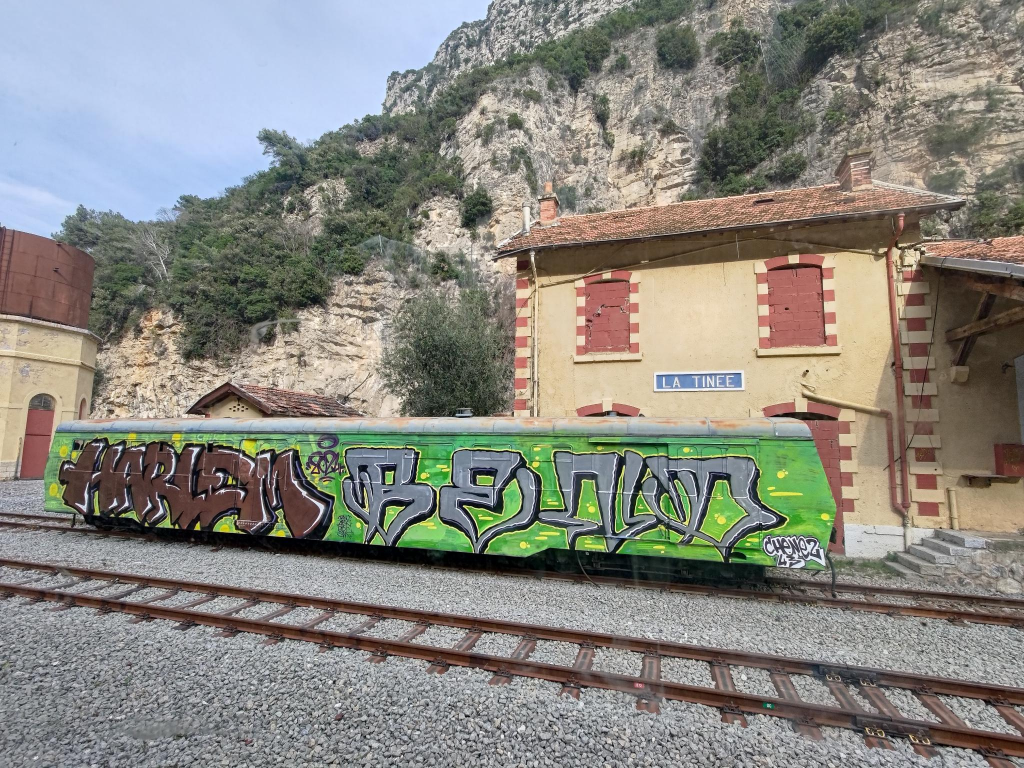
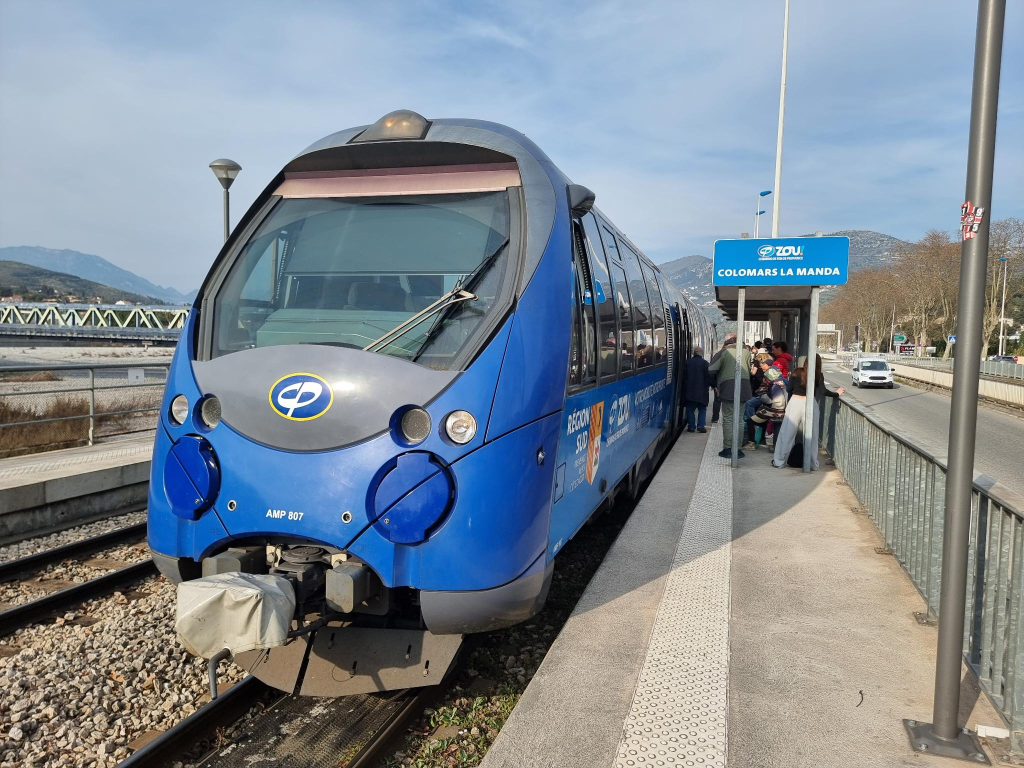
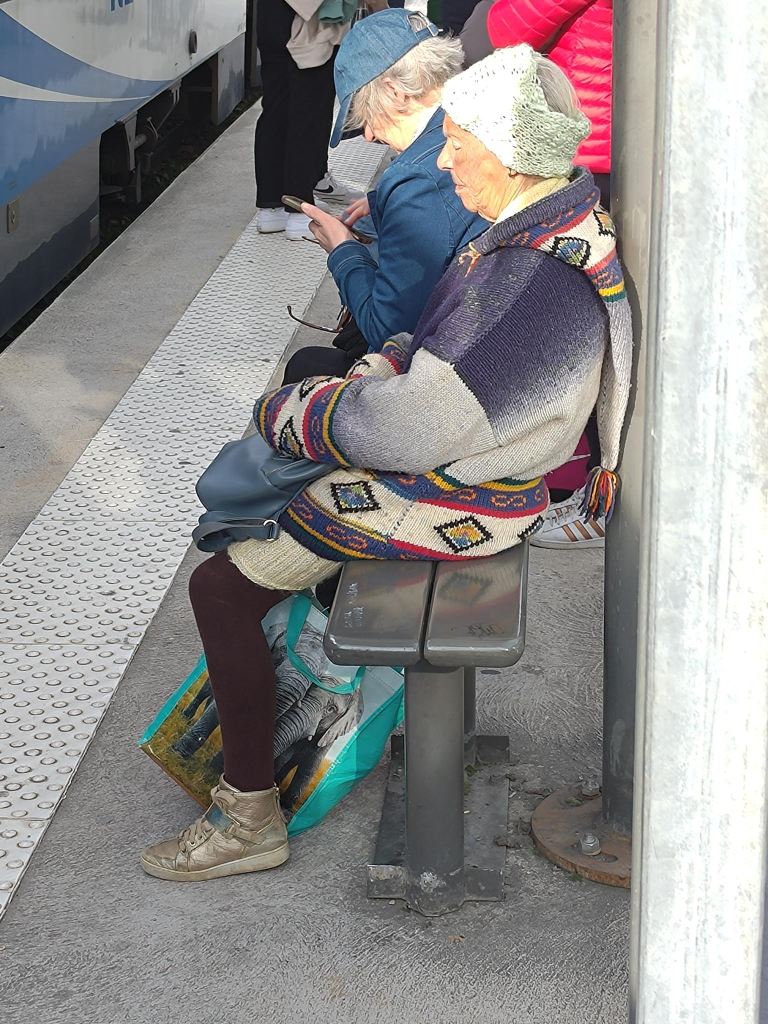
Monaco
Monaco does not have a visa policy of its own. The Schengen Visa policy applies, despite Monaco not being part of the European Union, or the Schengen Agreement. Its territory is part of Schengen because of its customs union with France. At the train station in Monaco, there appeared to be two (2) police officers on duty. They were observing, but not confronting anyone.
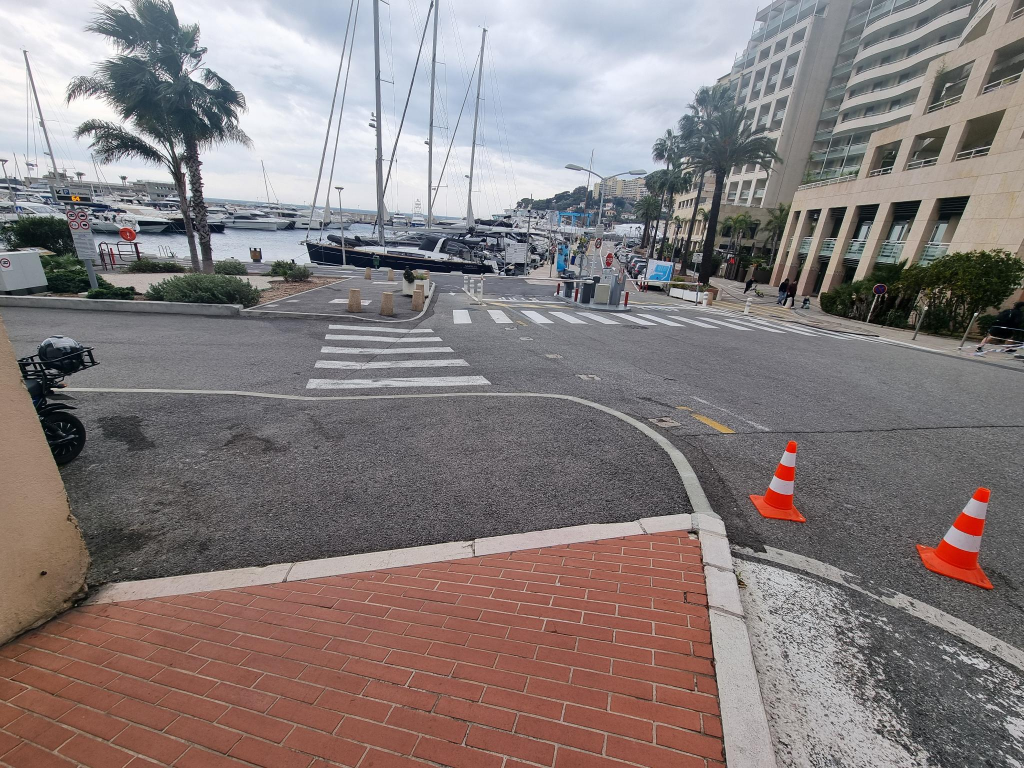

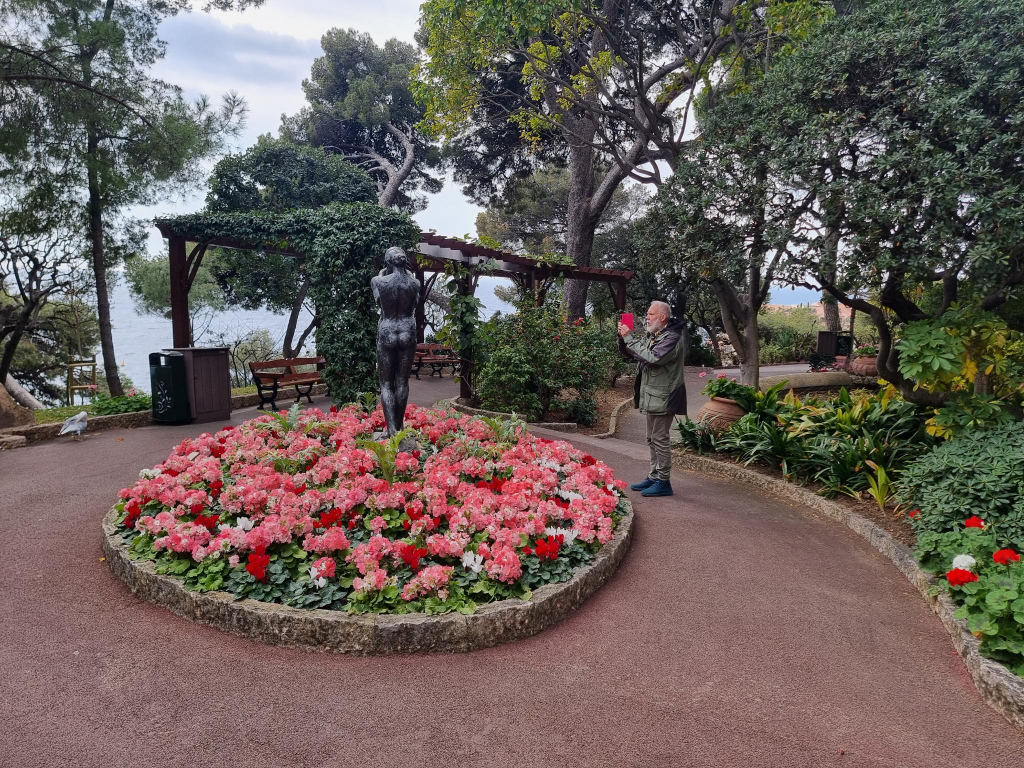


The next day it was time for us to return to Norway, flying from NCE to AMS, and then from AMS to OSL. With a six hour wait at AMS, Alasdair and I decided that we could explore Amsterdam, taking a train from the airport to the Amsterdam station. In Amsterdam we encountered the most polluted air of the entire trip. In addition, there was no public seating! This short experience, was enough to eliminate Amsterdam from any future travel plans.
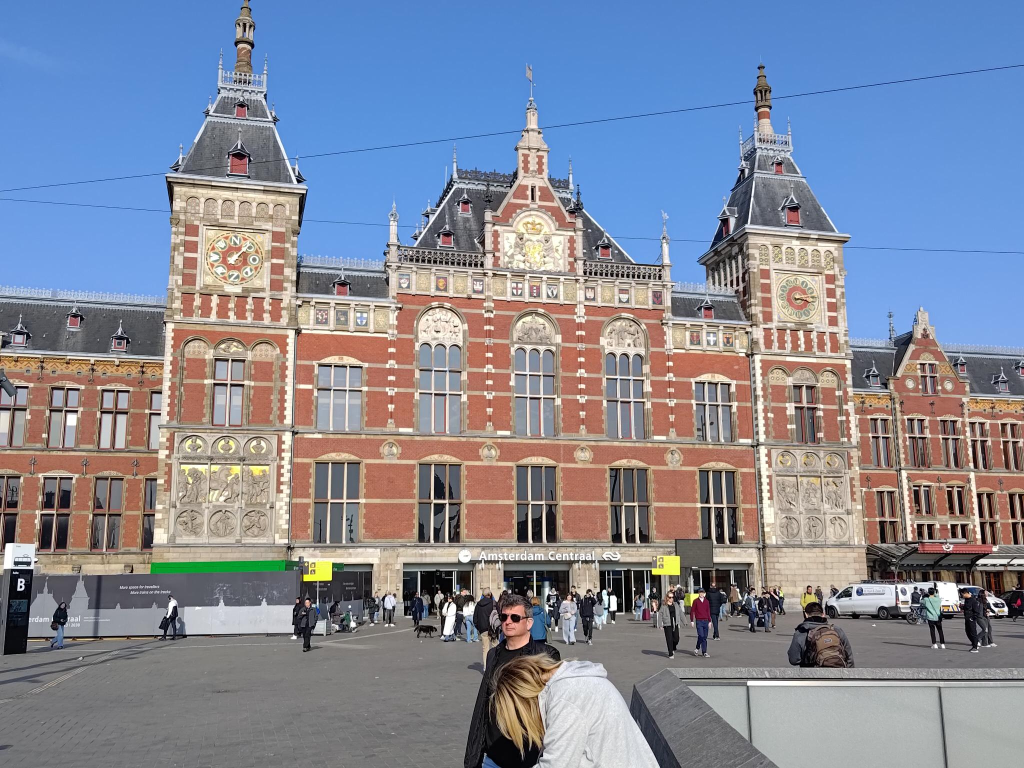
An aside: For most of my life, I have faced topographical disorientation challenges, especially in areas that are unfamiliar. Nice Byakko Hotel occupies two adjacent buildings, with two separate stairways for the upper floors that somehow unite, for movement between the ground level (entrance & reception) and first floor, where breakfast is consumed. For me, this became an obstacle, when someone shut the door to the stairway I needed to ascend to my room, and I became disoriented. The staff closest to this location, were less inclined to help resolve this challenge, than they were to exclude people from their work area. Later, I took this matter up with the receptionist, saying that it would be appreciated if they put something on the door, indicating that it led to a stairway, possibly with the affected room numbers.

